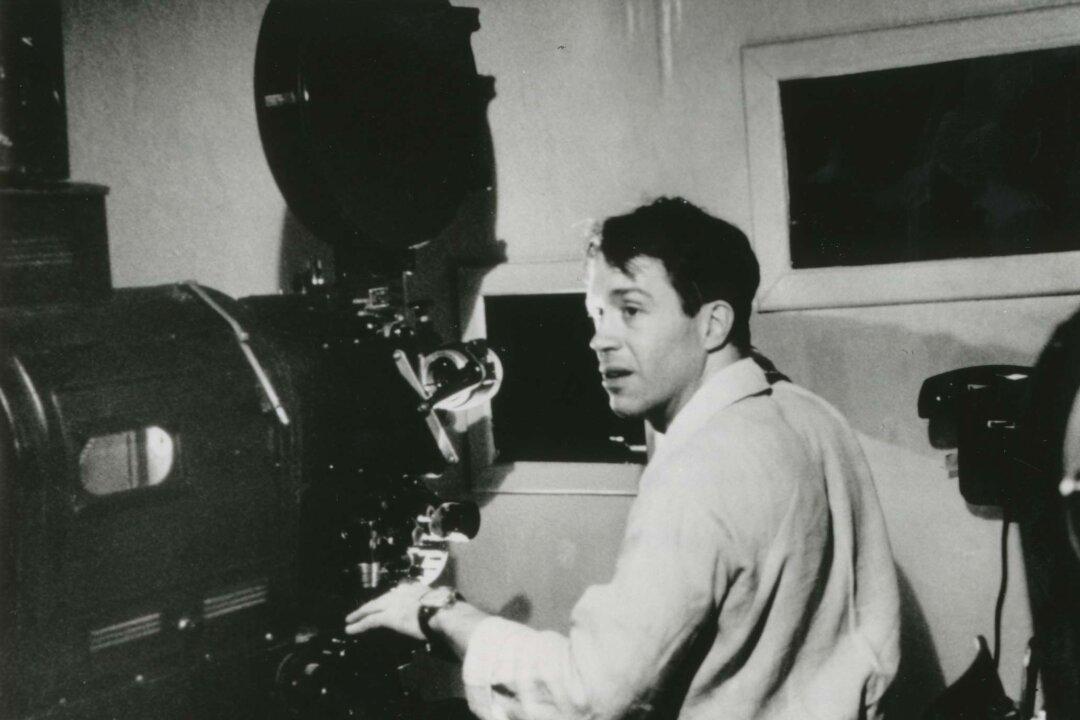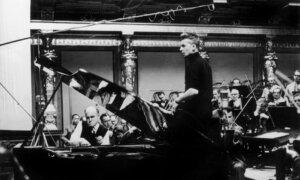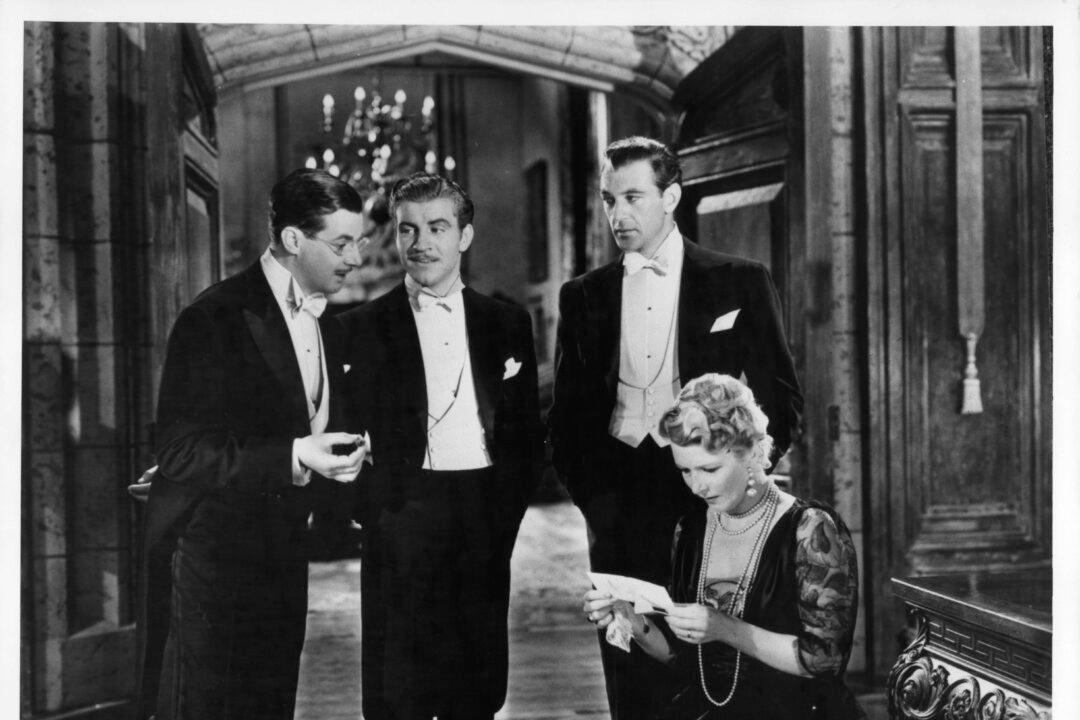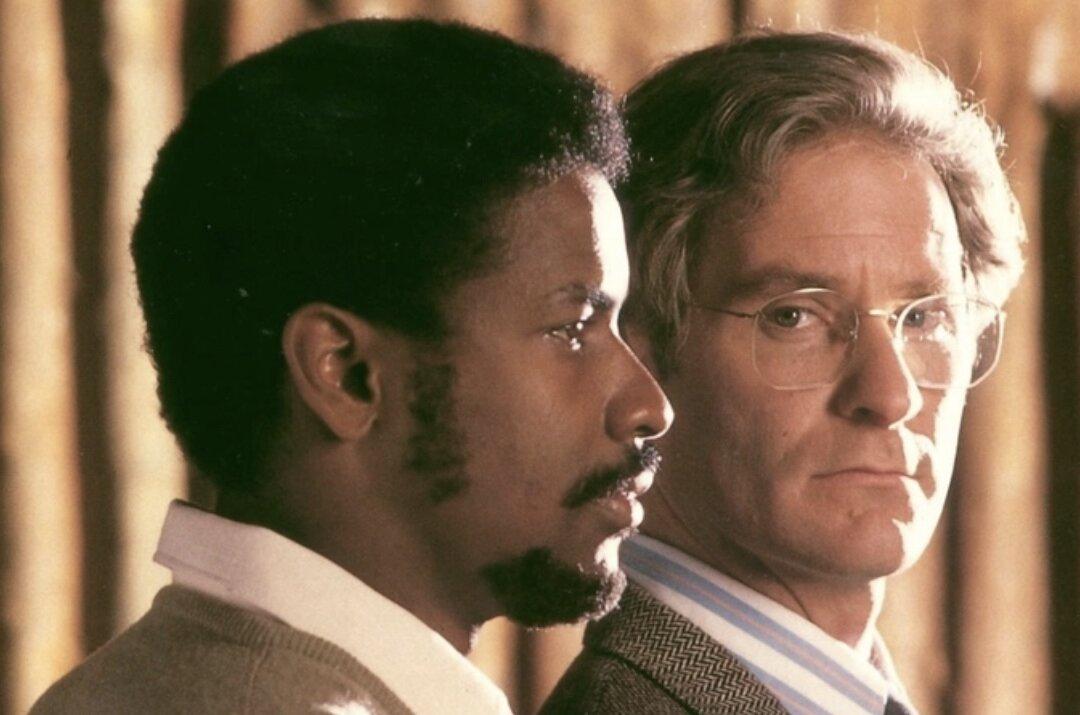PG-13 | 2h 17min | Drama | 1991
On Christmas Day 1991, Mikhail Gorbachev resigned as Soviet president and the Russian flag replaced the hammer-and-sickle flag. On that day, film distributors released “The Inner Circle,” set in the 1940s and ‘50s, exposing how Joseph Stalin’s communist dictatorship ravaged his people. This is a story of how those very people, including the once naive and brainwashed, started resisting the evil thrust upon them.
Ivan Sanshin (Tom Hulce) is a film projectionist at the KGB club, who worships his “Master” Stalin (Aleksandr Zbruev) from a distance. Just married to his beloved Anastasia (Lolita Davidovich), Sanshin finds the Kremlin promoting him as Stalin’s private projectionist, swearing him to secrecy about all of it.
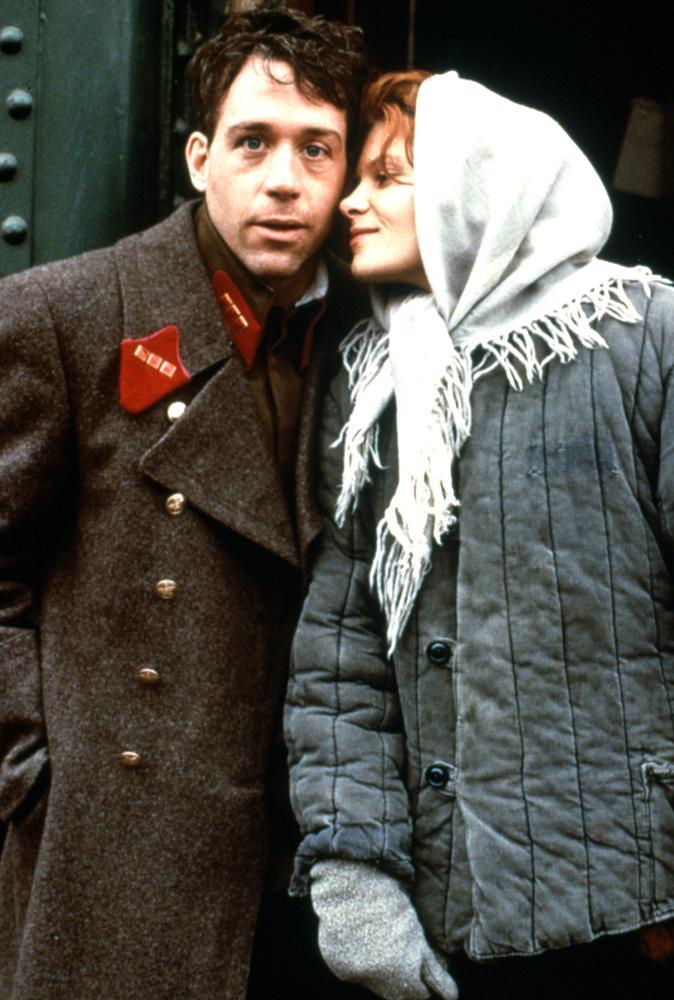
Ecstatic to be part of Stalin’s “inner circle,” screening films for Stalin himself, the naive Sanshin morphs from a sacrificing young man to a self-preserving cog in the Kremlin’s wheel. Authorities detain his Jewish neighbors, the Gubelmans, as spies, leaving their toddler daughter Katya (Mariya Baranova at 6 years) orphaned and under state care.
Anastasia sees through Stalin’s lie to his people. To protect little Katya from brainwashing, she secretly seeks her out in the state orphanage. But Sanshin won’t have anything to do with “enemies of the people.” Anastasia loves Sanshin, but he keeps choosing Stalinism over her. Defiant, she hangs herself (off-screen), willing, in a handwritten note, her sweater to Katya, who “must be cold.”
Later, when Stalin’s lie unravels more explicitly after his death, a forlorn Sanshin finds Katya (Bess Meyer), now 17, and a chance to choose fatherhood afresh. Will he love her like the daughter Anastasia dreamed of but never had?
An old professor (Feodor Chaliapin Jr.) is defiant, too, as he scolds his neighbor Sanshin and likens Stalin to Satan, who mesmerizes people to blind and deafen themselves: “If it were not for such naive Ivans, he would never have been a tyrant, a murderer, a devil.”
Opening shots depict how communist regimes leverage size and scale to enforce capitulation. Skyscraper-sized statues tower over the ordinary man, elevating a so-called common good above and beyond him. But only one person defines and controls that common good, not the people. Thanks to this literal and figurative distance, the commoner can’t aspire to shape what the common good is, let alone reform it.
Defiance Starts at Home
The filmmakers are sure that defying communism can’t reach workplaces and the streets if it doesn’t start at home: at windowsills, at bedsides, in kitchens, and at dinner tables.The Kremlin advocates the use of gas masks as “modern chemical defense.” Once, Sanshin sits on his bed, mask on, seemingly wondering whether the poison of communism is outside him or inside already.

Sanshin brags that he can load reels onto projectors with his “eyes closed.” He also does a lot else with his eyes closed. How he uses his projector is a metaphor for his watchword; he mechanically glosses over truths, and the tragedies of others, as unseeingly as he flicks levers and loads and spools film. Complacent when he should be alert to overheating, he once ends up scorching film, cartoonishly contorting Stalin’s face projected onto a large screen before an audience of hundreds of horrified state troops.
Stalin’s nonaggression pact with Hitler, which Sanshin imagines insulates Russia from Nazi-powered conflict in Europe, proves as delusional as Sanshin’s own submissiveness to Stalinism at home. The filmmakers are saying: Democracy is a fragile thing, needing constant vigilance, just as arc lamp projectors in an era of nitrate film demand alertness. Laidback projectionists are blind to the slow, then sudden rise of self-destructive heat that might burn the theater down.
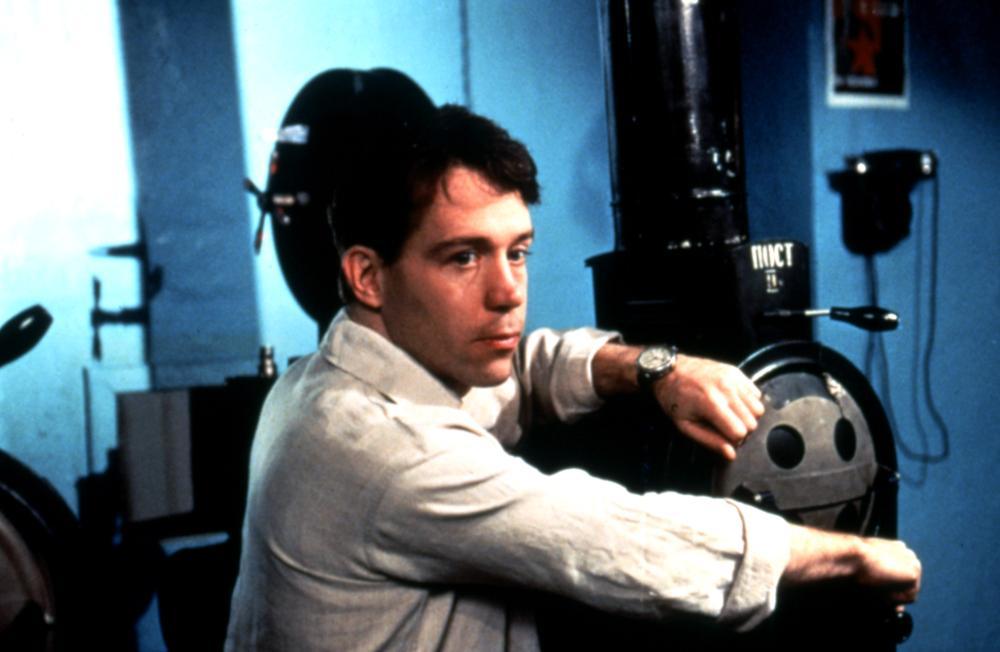
Anastasia represents the past and present of “Mother Russia.” Stalin’s chief of secret police Marshal Beria (Bob Hoskins) on seeing her exclaims: “Just like the czar’s daughter. What a beauty she was. And you’re no worse.” But Sanshin’s misplaced idealism rebukes Anastasia in favor of Stalinism.
Katya represents Russia’s future, a new daughter and potentially a new mother someday. Toddler Katya once begged Anastasia: “Be my mother!” Now, with Anastasia dead, a grown-up Katya is a challenge to Sanshin, who survives. Will he love and protect her like a daughter?

